1.3 Characteristics of Life
Biology is the science that studies life. What exactly is life? This may sound like a silly question with an obvious answer, but it is not easy to define life. For example, a branch of biology called virology studies viruses, which exhibit some of the characteristics of living entities but lack others. It turns out that although viruses can attack living organisms, cause diseases, and even evolve, they do not meet the criteria that biologists use to define life. So then, what are the shared properties that make something “alive”?
Properties of Life
All groups of living organisms share multiple key characteristics or functions: order, sensitivity or response to stimuli, reproduction, adaptation, growth and development, regulation, homeostasis, and energy processing. When viewed together, these eight characteristics serve to define life.
Order
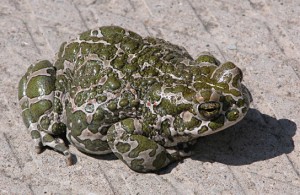
Organisms are highly organized structures that consist of one or more cells. Even very simple, single-celled organisms are remarkably complex. Inside each cell, atoms make up molecules. These in turn make up cell components or organelles. Multicellular organisms, which may consist of millions of individual cells, have an advantage over single-celled organisms in that their cells can be specialized to perform specific functions and even sacrificed in certain situations for the good of the organism as a whole. How these specialized cells come together to form organs such as the heart, lung, or skin in organisms like the toad shown in Figure 1.3.1 will be discussed later.
Sensitivity or Response to Stimuli

Organisms respond to diverse stimuli. For example, plants can bend toward a source of light or respond to touch. Even tiny bacteria can move toward or away from chemicals (a process called chemotaxis) or light (phototaxis). Movement toward a stimulus is considered a positive response, while movement away from a stimulus is considered a negative response.
Watch this video to see how the sensitive plant responds to a touch stimulus.
Video: Mimosa pudica leaves folding when touched 3 by Brandizzi, [00:12] is licensed under a CC-BY 2.5 License.
Reproduction
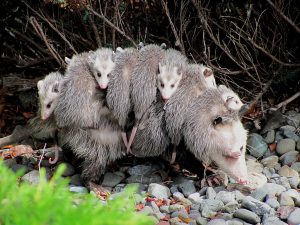
Single-celled organisms reproduce by first duplicating their DNA, which is the genetic material, and then dividing it equally as the cell prepares to divide to form two new cells. Many multicellular organisms (those made up of more than one cell) produce specialized reproductive cells that will form new individuals. When reproduction occurs, DNA-containing genes are passed along to an organism’s offspring. These genes are the reason that the offspring will belong to the same species and will have characteristics similar to the parent, such as fur colour and blood type.
Adaptation
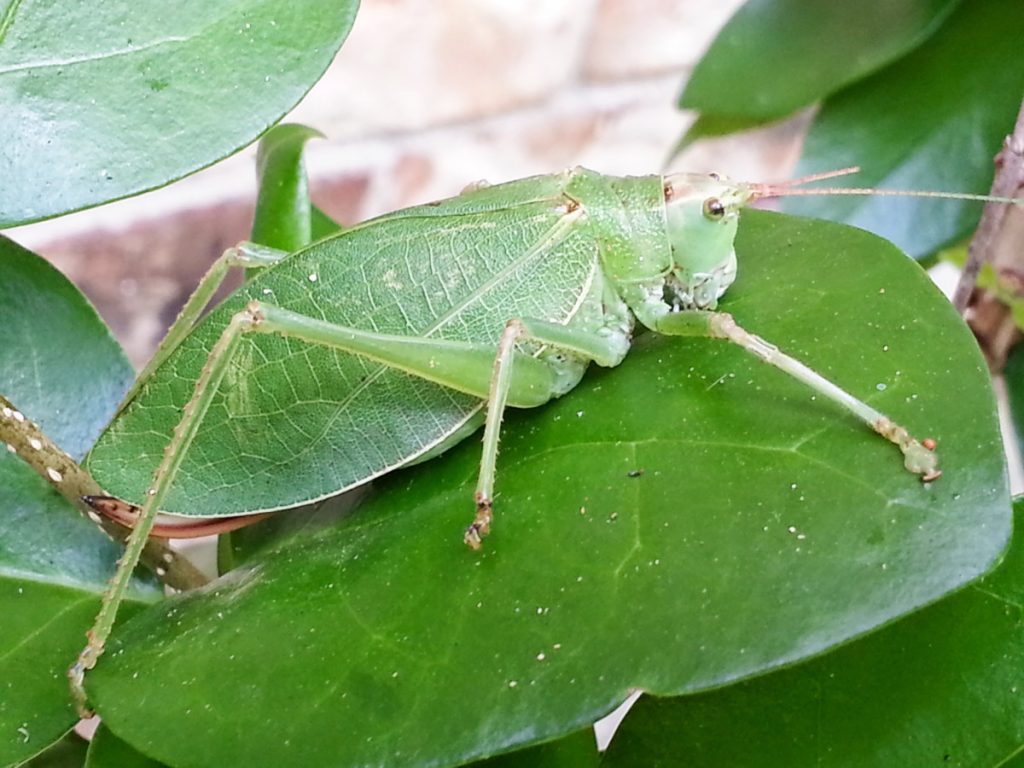
All living organisms exhibit a “fit” to their environment. Biologists refer to this fit as adaptation and it is a consequence of evolution by natural selection, which operates in every lineage of reproducing organisms. Examples of adaptations are diverse and unique, from heat-resistant Archaea that live in boiling hot springs to the tongue length of a nectar-feeding moth that matches the size of the flower from which it feeds. All adaptations enhance the reproductive potential of the individual exhibiting them, including their ability to survive to reproduce. Adaptations are not constant. As an environment changes, natural selection causes the characteristics of the individuals in a population to track those changes.
Growth and Development

Organisms grow and develop according to specific instructions coded for by their genes. These genes provide instructions that will direct cellular growth and development, ensuring that a species’ young will grow up to exhibit many of the same characteristics as its parents.
Regulation and Homeostasis

Even the smallest organisms are complex and require multiple regulatory mechanisms to coordinate internal functions, such as the transport of nutrients, response to stimuli, and coping with environmental stresses. For example, organ systems such as the digestive or circulatory systems perform specific functions like carrying oxygen throughout the body, removing wastes, delivering nutrients to every cell, and cooling the body.
To function properly, cells require appropriate conditions such as proper temperature, pH, and concentrations of diverse chemicals. These conditions may, however, change from one moment to the next. Organisms are able to maintain internal conditions within a narrow range almost constantly, despite environmental changes, through a process called homeostasis or “steady state”—the ability of an organism to maintain constant internal conditions. For example, many organisms regulate their body temperature in a process known as thermoregulation. Organisms that live in cold climates, such as the polar bear, have body structures that help them withstand low temperatures and conserve body heat. In hot climates, organisms have methods (such as perspiration in humans or panting in dogs) that help them to shed excess body heat.
Energy Processing

All organisms (such as the North American monarch butterfly shown in Figure 1.3.7) use a source of energy for their metabolic activities. Some organisms capture energy from the sun and convert it into chemical energy in food; others use chemical energy from molecules they take in.
Levels of Organization of Living Things
Living things are highly organized and structured, following a hierarchy on a scale from small to large. The atom is the smallest and most fundamental unit of matter. It consists of a nucleus surrounded by electrons. Atoms form molecules. A molecule is a chemical structure consisting of at least two atoms held together by a chemical bond. Many molecules that are biologically important are macromolecules, large molecules that are typically formed by combining smaller units called monomers. An example of a macromolecule is deoxyribonucleic acid (DNA), which contains the instructions for the functioning of the organism that contains it.
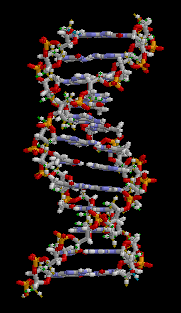
Some cells contain aggregates of macromolecules surrounded by membranes; these are called organelles. Organelles are small structures that exist within cells and perform specialized functions. All living things are made of cells; the cell itself is the smallest fundamental unit of structure and function in living organisms. (This requirement is why viruses are not considered living: they are not made of cells. To make new viruses, they must invade and hijack a living cell; only then can they obtain the materials they need to reproduce.) Some organisms consist of a single cell, and others are multicellular. Cells are classified as prokaryotic or eukaryotic. Prokaryotes are single-celled organisms that lack organelles surrounded by a membrane and do not have nuclei surrounded by nuclear membranes; in contrast, the cells of eukaryotes do have membrane-bound organelles and nuclei.
In most multicellular organisms, cells combine to make tissues, which are groups of similar cells carrying out the same function. Organs are collections of tissues grouped together based on a common function. Organs are present not only in animals but also in plants. An organ system is a higher level of organization that consists of functionally related organs. For example, vertebrate animals have many organ systems, such as the circulatory system, which transports blood throughout the body and to and from the lungs; it includes organs such as the heart and blood vessels. Organisms are individual living entities. For example, each tree in a forest is an organism. Single-celled prokaryotes and single-celled eukaryotes are also considered organisms and are typically referred to as microorganisms.
All the individuals of a species living within a specific area are collectively called a population. For example, a forest may include many white pine trees. These pine trees represent the population of white pine trees in this forest. Different populations may live in the same specific area. For example, the forest with pine trees includes populations of flowering plants and also insects and microbial populations. A community is a set of populations inhabiting a particular area. For instance, all of the forest’s trees, flowers, insects, and other populations form the forest’s community. The forest itself is an ecosystem. An ecosystem consists of all the living things in a particular area and the abiotic or non-living parts of that environment, such as nitrogen in the soil or rainwater. At the highest level of organization, the biosphere is the collection of all ecosystems, representing the life zones on Earth. It includes land, water, and portions of the atmosphere.
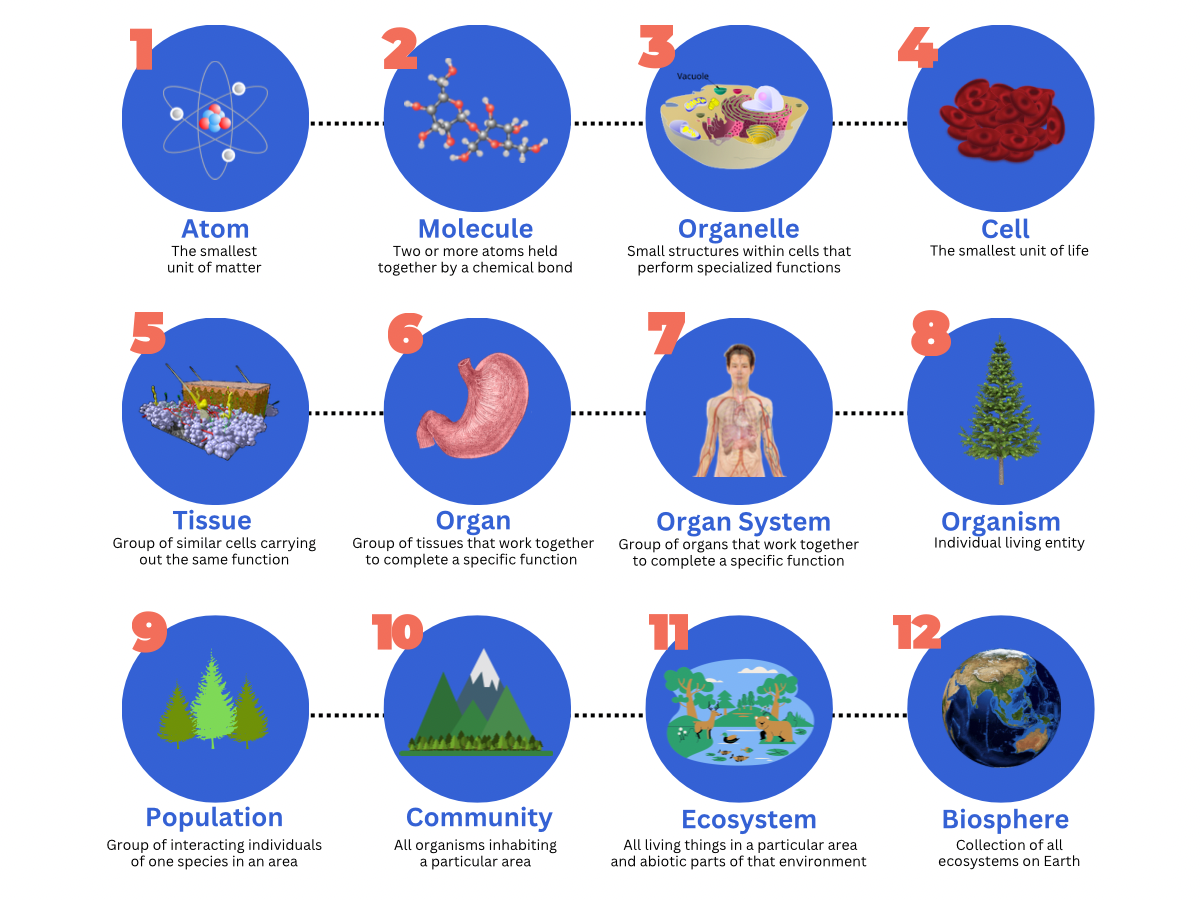
Figure 1.3.9 Description and Credits
The image is an educational infographic titled “12 Levels of Life,” illustrating the hierarchical organization of biological structures, from the smallest unit of matter to the entire biosphere. Each level is represented by a numbered circle containing an image, a title, and a brief description. The circles are connected by dotted lines, showing the progression from simple to complex levels.
Levels of Life (1–12):
1. Atom image: A simple atomic model with a nucleus and orbiting electrons. Description: The smallest unit of matter.
2. Molecule: A chemical structure showing atoms connected by bonds. Description: Two or more atoms are held together by a chemical bond.
3. Organelle: A depiction of cell organelles, including the vacuole and mitochondria. Description: Small structures within cells that perform specialized functions.
4. Cell: Red blood cells. Description: The smallest unit of life.
5. Tissue: A cluster of similar cells forming tissue layers. Description: Group of similar cells carrying out the same function.
6. Organ: A human stomach. Description: Group of tissues that work together to complete a specific function
7. Organ System: A human body with internal organs highlighted. Description: A group of organs that work together to complete a specific function.
8. Organism: A tree representing an individual living entity. Description: Individual living entity.
9. Population: A group of identical trees. Description: Group of interacting individuals of one species in an area.
10. Community: A mountain landscape with diverse organisms. Description: All organisms inhabiting a particular area.
11. Ecosystem: A pond ecosystem with animals, plants, and water. Description: All living things in a particular area and abiotic parts of that environment.
12. Biosphere: Planet Earth. Description: Collection of all ecosystems on Earth.
Credit for images:
- Image1 by Richie Bendall, CC BY-SA 4.0
- Image2 by William Crochot, CC BY-SA 4.0
- Image3 by MesserWoland and Szczepan1990 modified by smartse, CC BY-SA 3.0
- Image4 by Aseedtolife, CC BY-SA 4.0
- Image5 by Scivit, CC BY-SA 4.0
- Image6 by Mikael Häggström, Public Domain
- Image7 by Mikael Häggström, CC0 1.0
- “Tree”, by Freddy Vale, CC BY-NC-SA 4.0
- “Trees”, by Freddy Vale, CC BY-NC-SA 4.0
- “Mountains”, by Freddy Vale, CC BY-NC-SA 4.0
- “Ecosystem”, by Freddy Vale, CC BY-NC-SA 4.0
- “Biosphere”, by Freddy Vale, CC BY-NC-SA 4.0
Exercise 1.3.1
Let’s test your knowledge. Drag and drop each statement to its corresponding level.
Text Description
Levels: 1. Atom, 2. Molecule, 3. Organelle, 4. Cell, 5. Tissue, 6. Organ, 7. Organ System, 8. Organism, 9. Population, 10. Community, 11. Ecosystem, 12. Biosphere
Statements:
- Structures that perform functions within a cell.
- The digestive system includes multiple organs working together.
- A phospholipid is composed of many atoms.
- The stomach or intestine.
- All the plant and animal species in the park.
- Human blood cells.
- All the people in a park.
- Human skin tissue.
- A person in a park.
- Living organisms and the environment in which they live.
- A basic unit of matter that consists of a dense central nucleus surrounded by a cloud of negatively charged electrons.
- Encompasses all the ecosystems of the Earth.
Answers:
- 1: Atom: A basic unit of matter that consists of a dense central nucleus surrounded by a cloud of negatively charged electrons.
- 2. Molecule: A phospholipid composed of many atoms.
- 3. Organelle: Structures that perform functions within a cell.
- 4. Cell: Human blood cells.
- 5. Tissue: Human skin tissue.
- 6. Organ: The stomach or intestine.
- 7. Organ System: The digestive system, which includes multiple organs working together.
- 8. Organism: A person in a park.
- 9. Population: All the people in a park.
- 10. Community: All the plant and animal species in the park.
- 11. Ecosystem: Living organisms and the environment in which they live
- 12. Biosphere: Encompasses all the ecosystems of the Earth.
Exercise 1.3.2
Text Description
- Communities exist within populations which exist within ecosystems.
- Communities exist within ecosystems which exist in the biosphere.
- Tissues exist within organs which exist within organ systems.
- Organelles exist within cells, which exist within tissues.
- cell
- organ
- macromolecule
- organelle
- organ, organism, tissue, organelle, molecule
- organelle, tissue, biosphere, ecosystem, population
- organism, community, biosphere, molecule, tissue, organ
- biosphere, ecosystem, community, population, organism
- biosphere
- population
- community
- ecosystem
- organs
- organ systems
- organelles
- tissues
Answers:
1. a. Communities exist within populations which exist within ecosystems.
2. a. cell
3. d. biosphere, ecosystem, community, population, organism
4. Researchers can approach biology from the smallest to the largest, and everything in between. For instance, an ecologist may study a population of individuals, its community, its ecosystem, and its part in the biosphere.
5. When studying an individual organism, a biologist could examine the cell and its organelles, the tissues that the smallest units make up, the organs and their respective organ systems, and the sum total—the organism itself.
“1.1 Themes and Concepts of Biology” from Biology and the Citizen by Colleen Jones is licensed under a Creative Commons Attribution 4.0 International License, except where otherwise noted.

